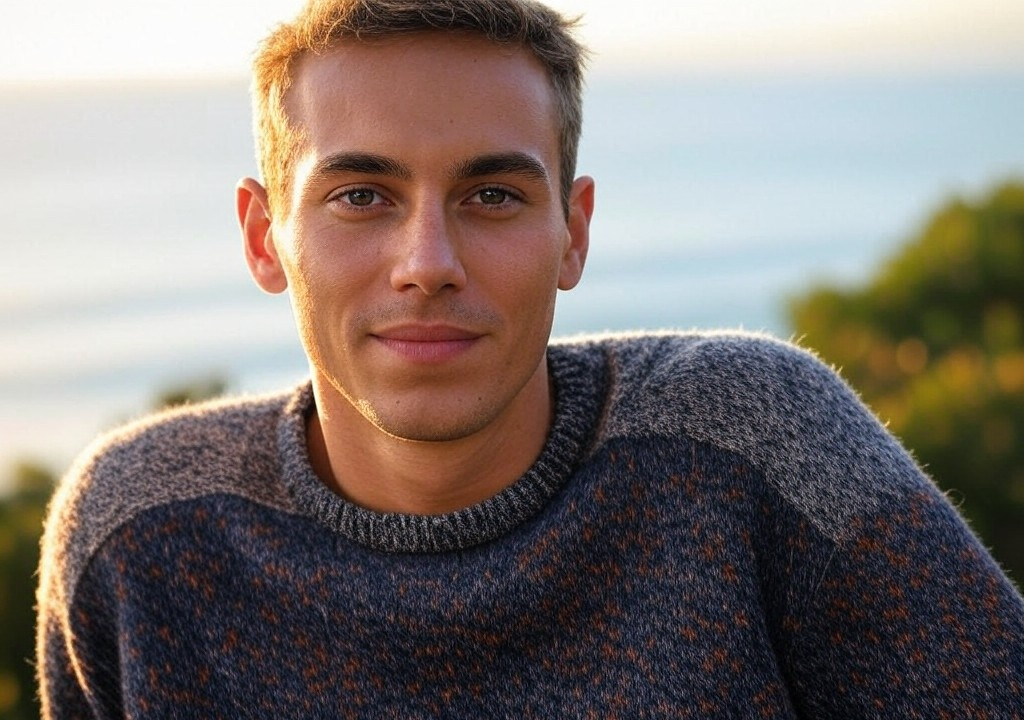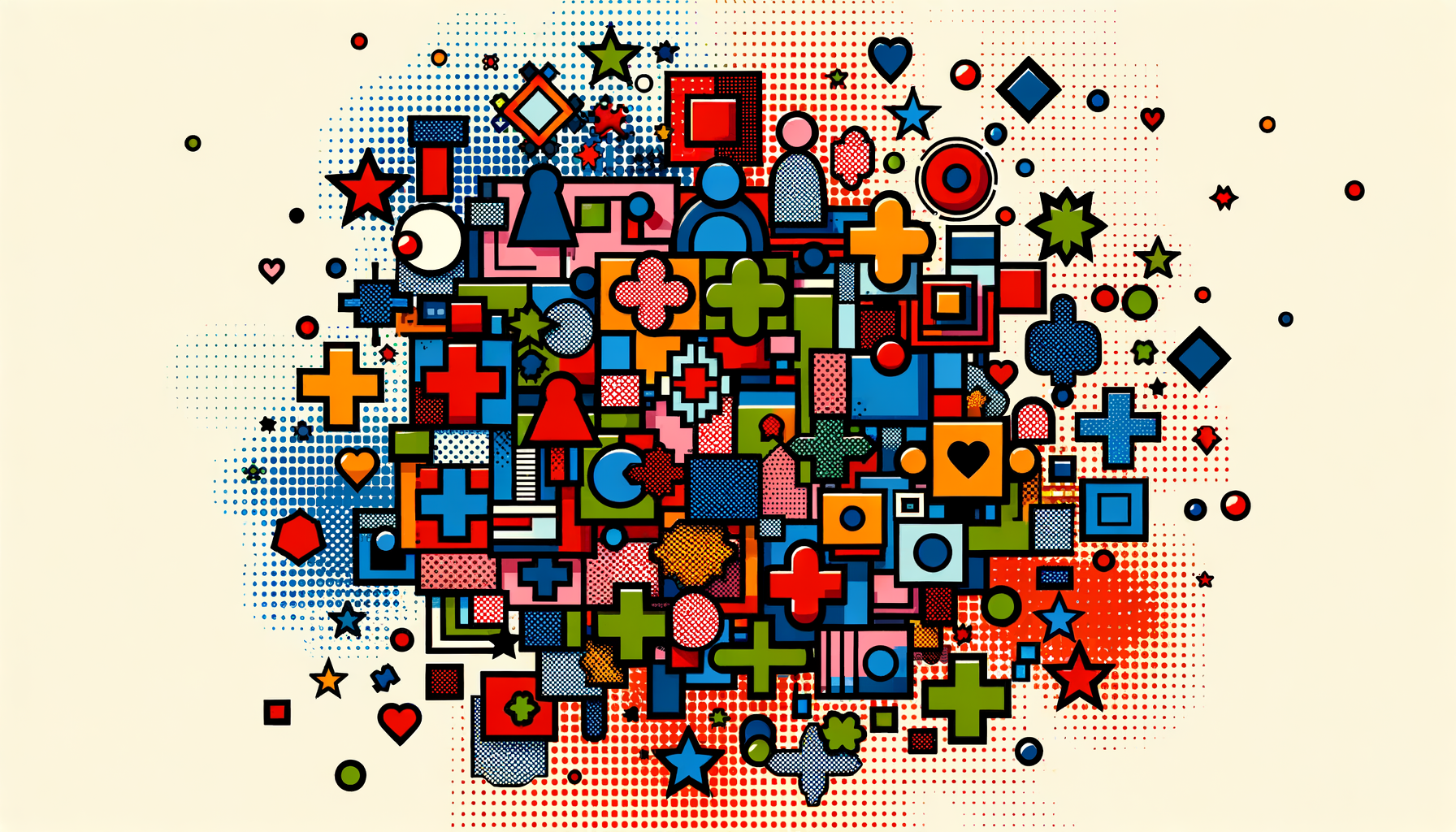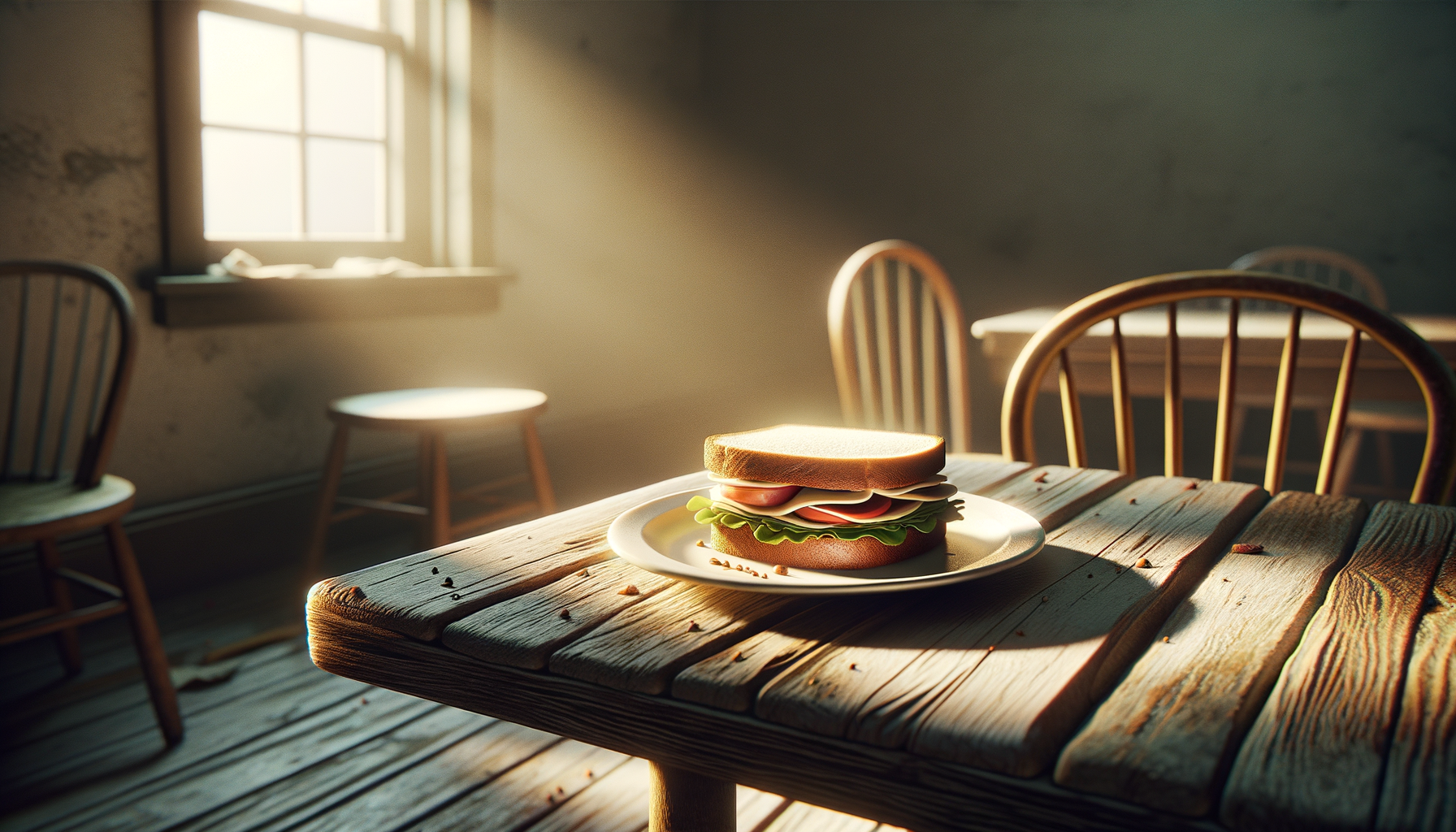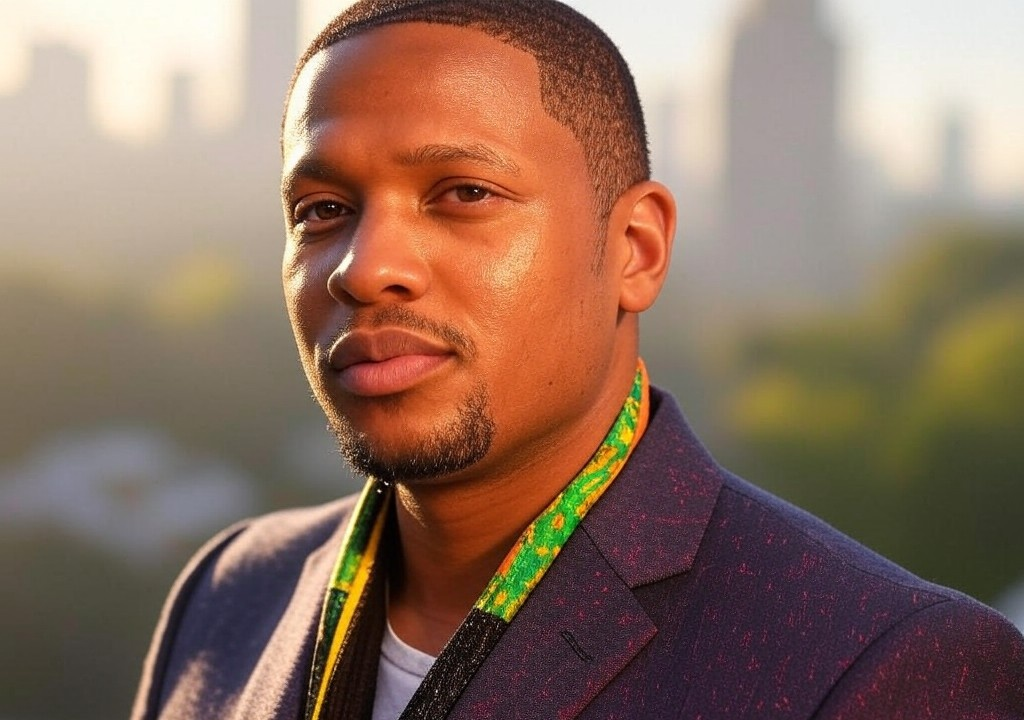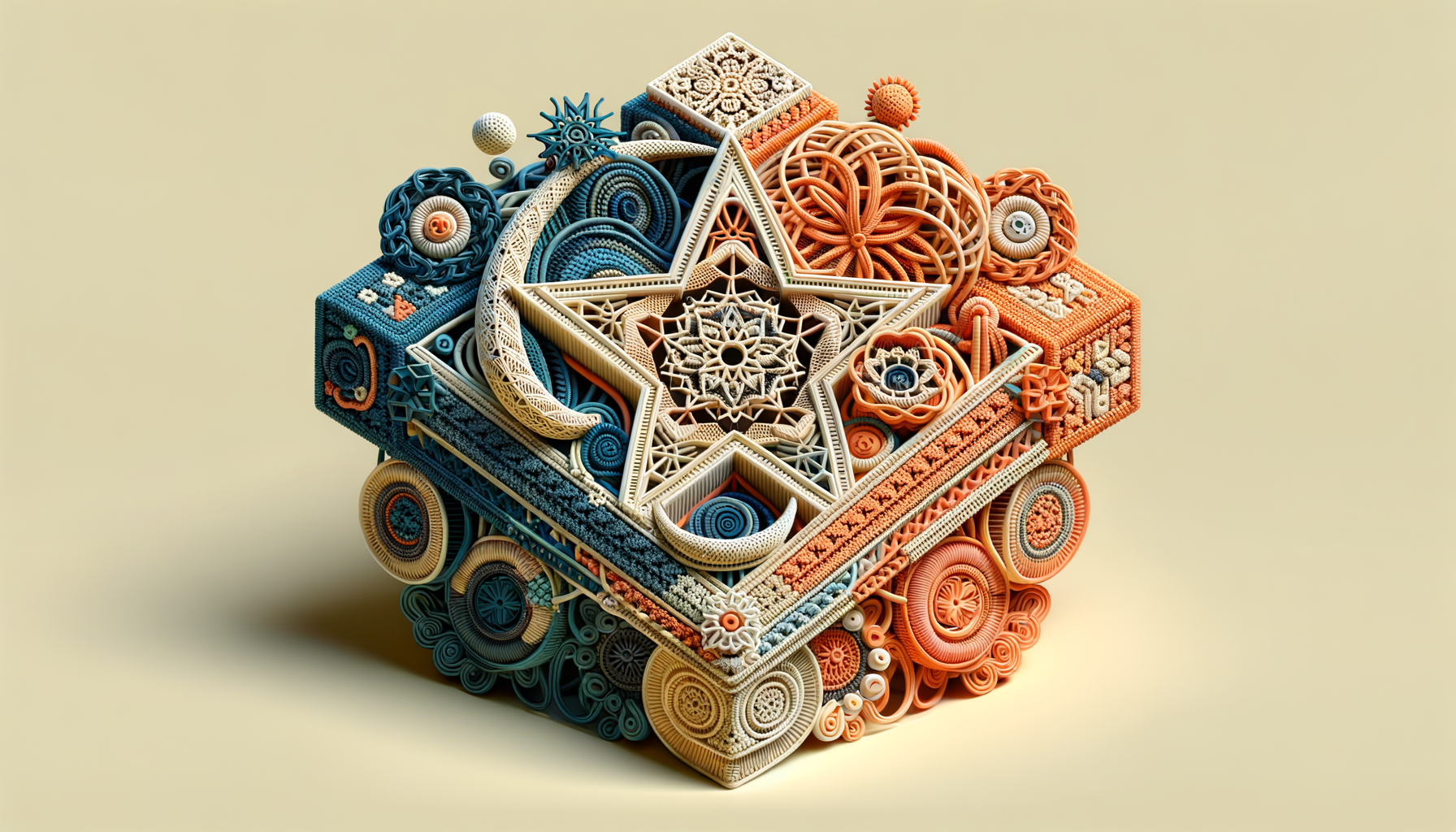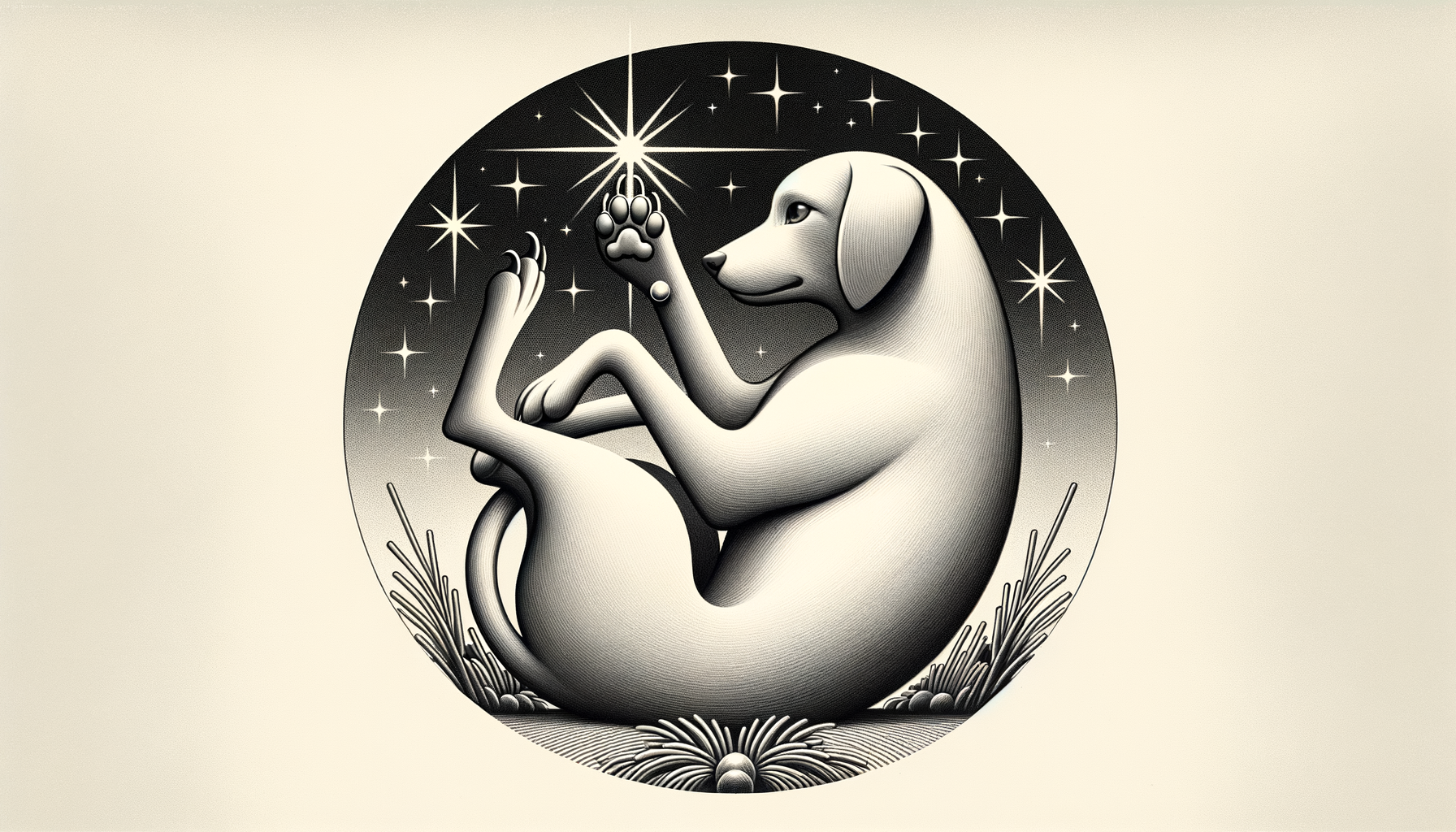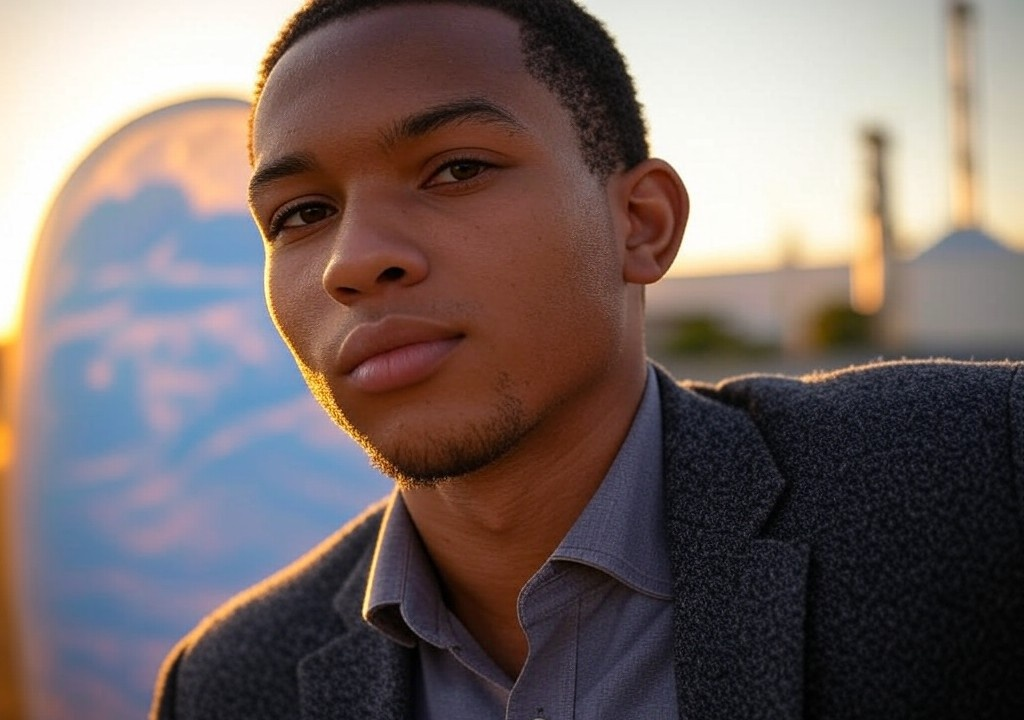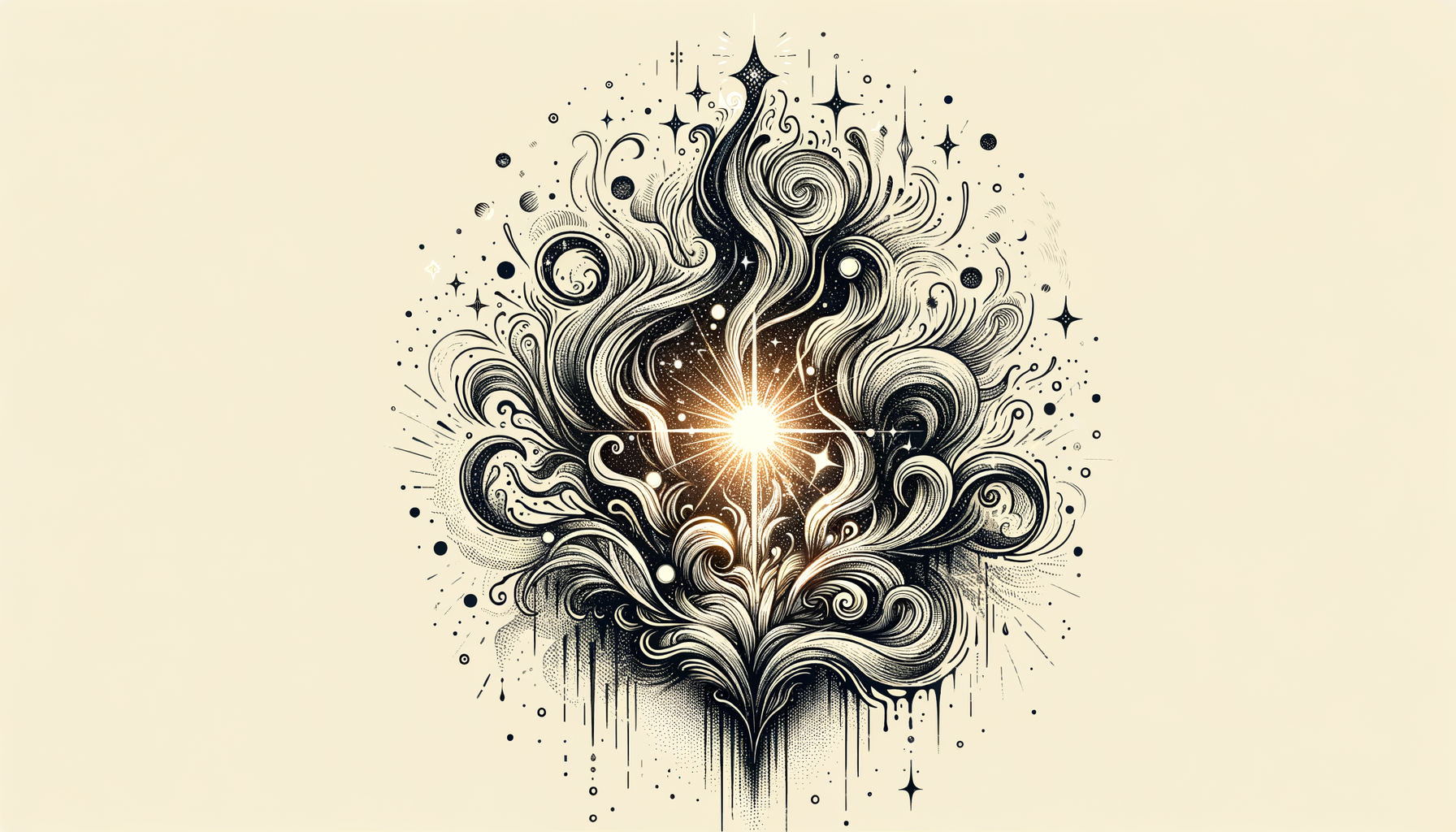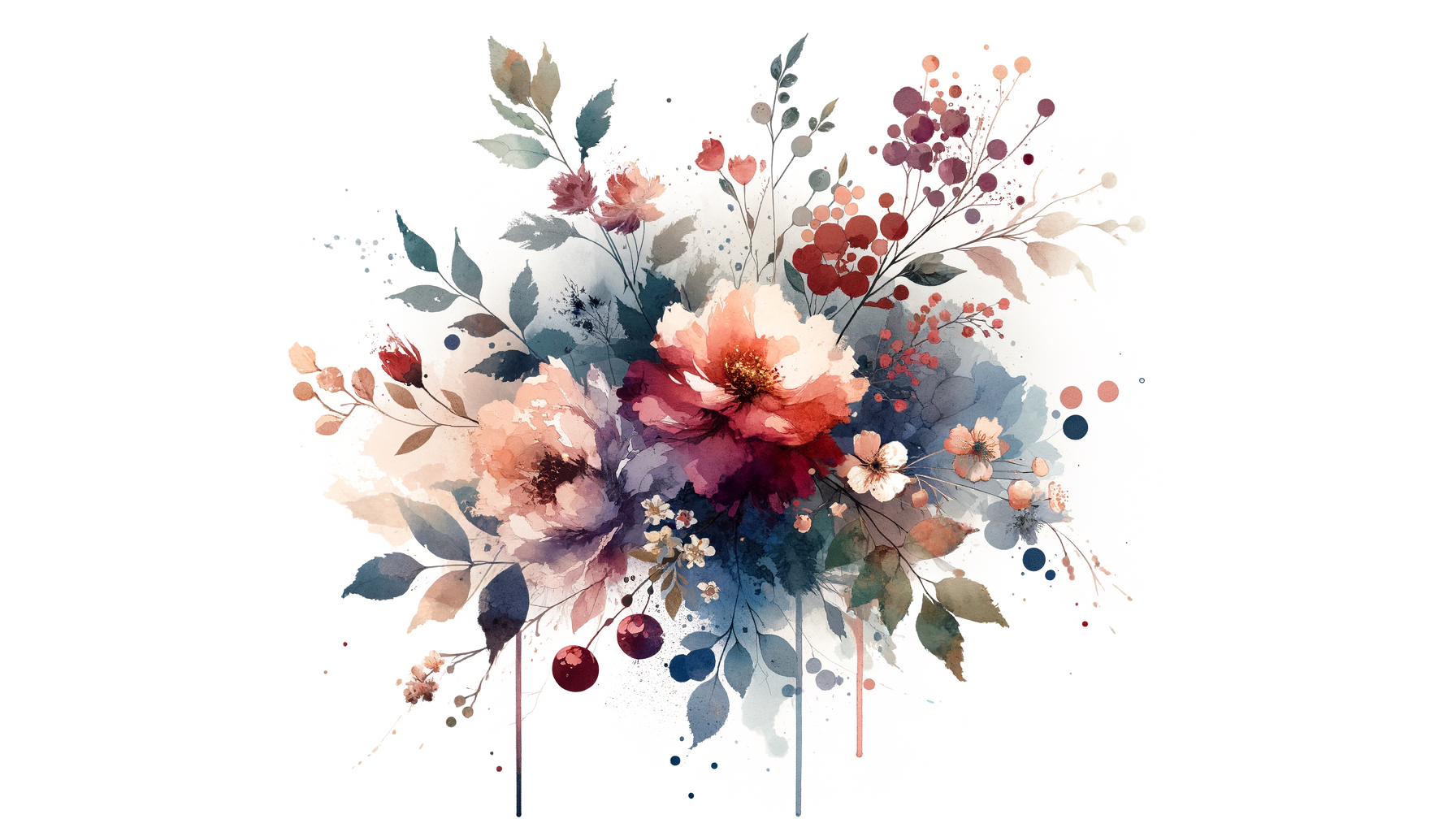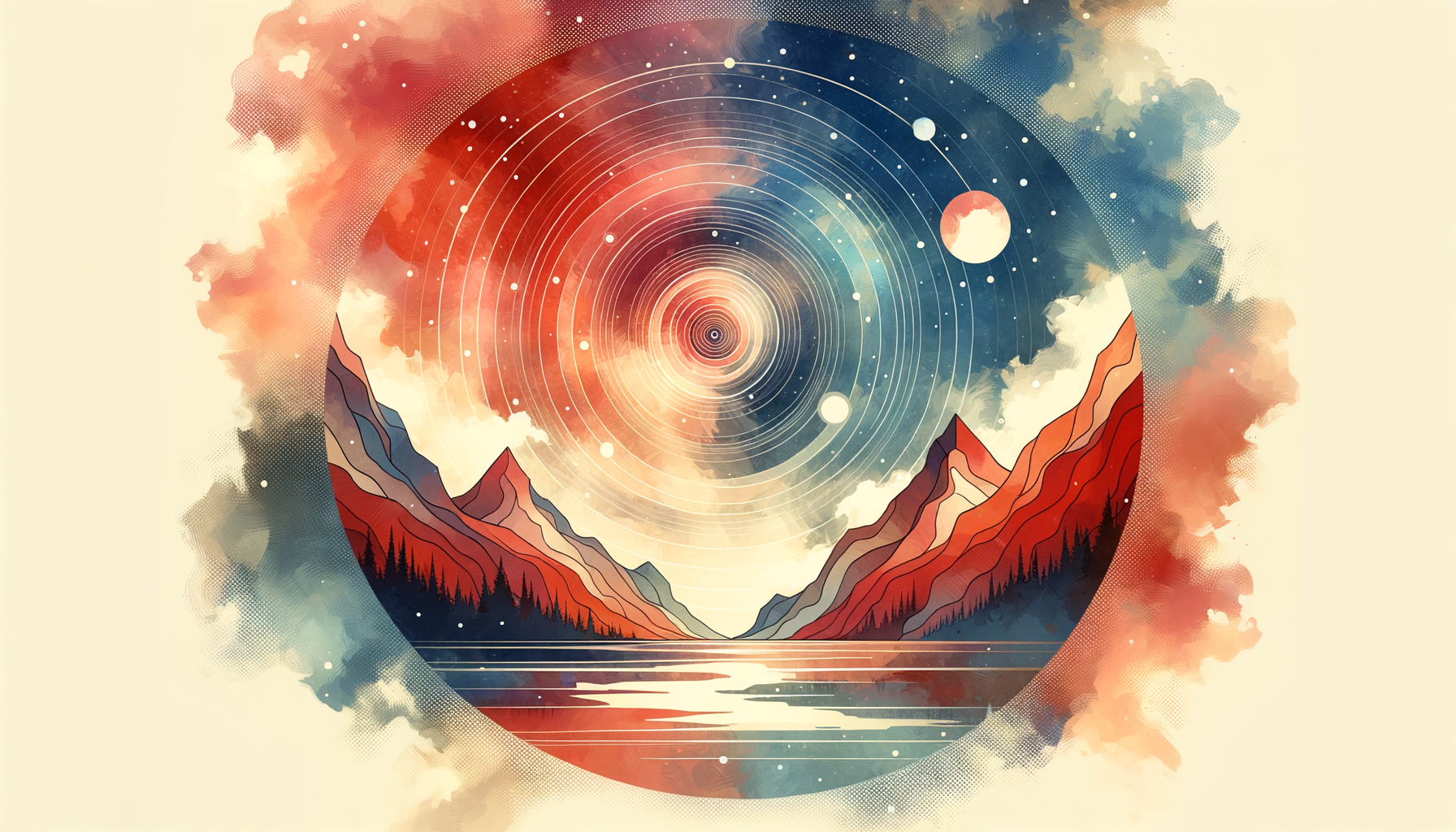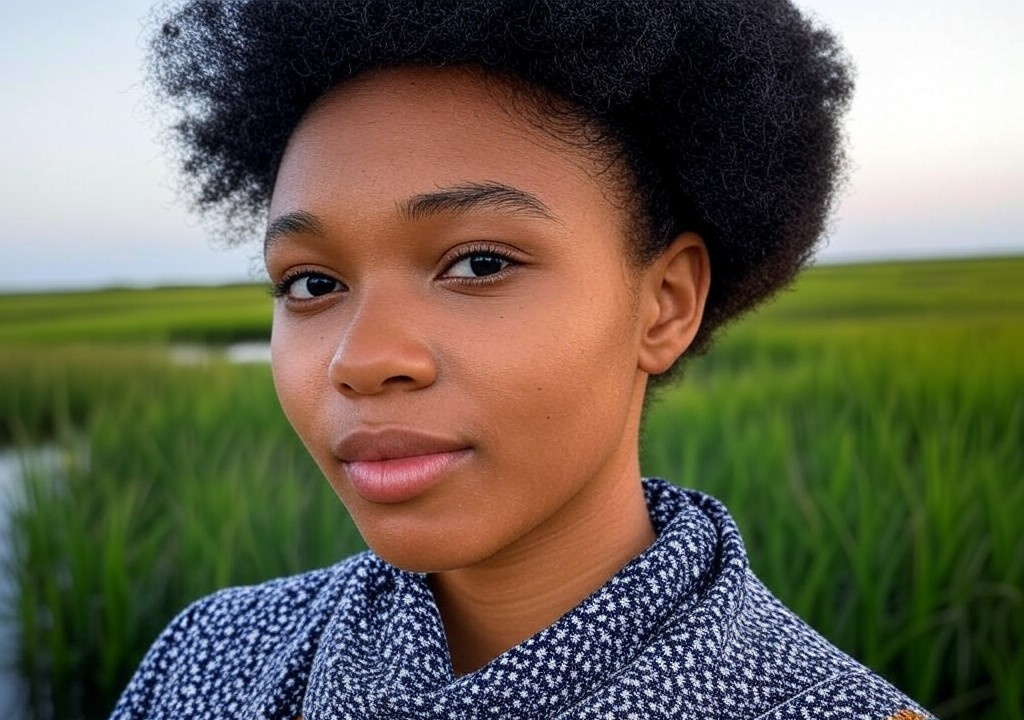When I first moved to Santa Monica, I made the rookie mistake of assuming community would come naturally. I thought I’d stumble into some scene like a Wes Anderson movie—stripped beach chairs in a semicircle, faces beaming with an unspoken understanding that “Yes, you belong here,” maybe with an iced coffee in hand and The Velvet Underground playing faintly in the background. Spoiler alert: that did not happen.
Instead, I spent my first months confusing proximity for connection, mistaking friendly nods from my neighbors for potential friendships, and basically relying on Yelp reviews to dictate how I’d spend my evenings. The thing is, finding your people—the ones who cheer for your wins but will also kindly tell you when you’ve gone a bit off-track—isn’t as predictable as setting up your Wi-Fi or signing up for gym classes. It’s a dance that requires curiosity, vulnerability, and just the right amount of letting go.
Here’s what I learned along the way.
1. The Baby Pool of Belonging
Growing up in Santa Barbara, I’d never had to really try to find a sense of belonging. Small towns and insular communities have a way of offering pre-assembled pods: your classmates, soccer teammates, the friends your mom basically assigned you through “playdates.” But once you’re on your own, that first leap into adult relationships feels less like starting at the kiddie pool and more like being thrown in the ocean with no floaties.
So, when I landed in Santa Monica—land of kale smoothies, open mic nights, and everyone pretending they have their life together—I froze. What was the adult version of “playdate protocol”? How did one casually go from making small talk at a yoga class to exchanging numbers and agreeing to marathon old Twin Peaks episodes? In a word: awkwardly.
I started volunteering for a beach clean-up group, thinking, “Ah, good—shared values, noble cause, surely the perfect melting pot for meaningful friendships.” But it wasn’t that simple. Turns out, hauling plastic straws out of tide pools builds plenty of muscle but very few bonds when everyone else seems to have already known each other for years. I brushed it off and kept showing up, quietly eavesdropping on the chatter around me.
Eventually, consistency worked its magic. People started asking me about my favorite hiking trails. I found myself laughing about the absurdity of trying (and failing) to recycle a barnacle-covered soda bottle. Something clicked. My point? Sometimes, it’s about weathering the discomfort until it feels natural—or at least familiar.
2. Trials (and Errors) of Tribe Hunting
Finding your people is rarely a linear journey. What works for someone else might not work for you. Need proof? My friend Jason joined an intramural kickball league and was invited to barbecues within three weeks. I tried the same thing and spent most of my season awkwardly waving “good game” before making a beeline for the parking lot.
Here’s where I went wrong: I signed up for an activity I didn’t genuinely enjoy, thinking I’d just “fall” into friendships. Rookie move. Relationships built on forced participation aren’t the long-lasting kind. What I learned instead was this: lean into what feels authentic to you.
Some things that did work:
- Book clubs, because they guarantee conversation starters (thank you, Sally Rooney). Bonus: you look terribly impressive when sipping wine and debating literary symbolism.
- Coffee shop haunts, where becoming a regular means recognizing the baristas and that equally caffeine-dependent writer who frequents the corner table.
- Trail running groups, because gasping for air during a steep incline is a great icebreaker ("I think I’m dying" is a surprisingly relatable opener).
3. Vulnerability Hangovers Are Normal
Here’s the truth no one tells you when you’re trying to build a new social network: there will be missteps. There might even be ghosting. I’ve invited people to brunch and never heard back. I’ve attended meet-ups where I felt just shy of invisible. It’s tempting to let those moments make you retreat into your comfort zone, bingeing The Great British Bake Off alone on your couch. And you know what? Sometimes that’s okay too.
But the real gold comes when you push past the awkwardness. One night, I attended a storytelling event in Venice. I was burning to leave after the first five minutes (dim lighting, too many people who seemed to know each other already), but a woman sitting next to me asked if I wanted to split a cheeseboard. Fast-forward six months, and she’s the one I now text when I need a reality check or someone to dog-sit while I head out of town. Our friendship started not because everything was perfect, but because I leaned into the discomfort long enough to let something meaningful emerge.
4. Membership: Applications Always Open
The most freeing thing I’ve learned about finding "your people” is that the process never ends. You’re always growing, and so is your tribe—which means new members can join at any time. When I look back, there were people in my life five years ago who I assumed would be permanent fixtures, only to drift apart. Likewise, there are people I’ve only recently connected with who now feel like lifelong confidants. Relationships ebb and flow, and that’s okay.
Practical tip? Don’t overthink how to find your tribe. Commit to exploring hobbies, showing up, and engaging with curiosity. Here’s what’s worked for me:
- Respond with intention: If someone opens the door to connection—a party invite, a coffee suggestion—say yes. People are less likely to think “Ugh, they’re clingy” and far more likely to think, “Wow, they’re interested.”
- Master the follow-up: This doesn’t mean bombarding someone with texts, but a simple “Hey, great meeting you! Do you want to grab coffee next week?” goes a long way.
- Be the initiator: Sometimes you have to create the thing you’re looking for. For me, that meant hosting a potluck with no real agenda. The takeaway? People love mashed potatoes and low-pressure environments.
5. Your People Could Be Everywhere (But They’re Probably Chill About It)
Once upon a time, I thought my circle only needed to look one way—like-minded creatives sipping oat milk lattes while dissecting The New Yorker. But the more I’ve leaned into different communities, the more I’ve realized that “your people” aren’t limited by location or shared Spotify playlists. They’re anyone who makes you feel at ease, understood, and just a little bit bolder for having them in your life.
Yes, my West Coast upbringing and environmentalist vibes mean I’m a sucker for “sustainable friendships” (tell me we’re planting a group garden, and I’ll bring the succulents). But my tribe has grown into something eclectic: artists, workout buddies, moms who dish out relationship advice better than any paperback guide.
Final Thoughts: Flirt With Community, Commit When It Fits
The journey to finding your people isn’t a perfect rom-com montage set to Florence + the Machine. It’s messy and unglamorous, but also deeply worth it. You’ll know you’re on the right track when you start to look forward to bi-weekly phone updates or find yourself laughing at inside jokes only your tribe would understand. Lean into what feels authentic, laugh at the awkwardness, and when something clicks, trust it.
From strangers splitting a cheeseboard to lifelong confidants cheering you on, your tribe is out there. Keep showing up, and the right people will find you too.

